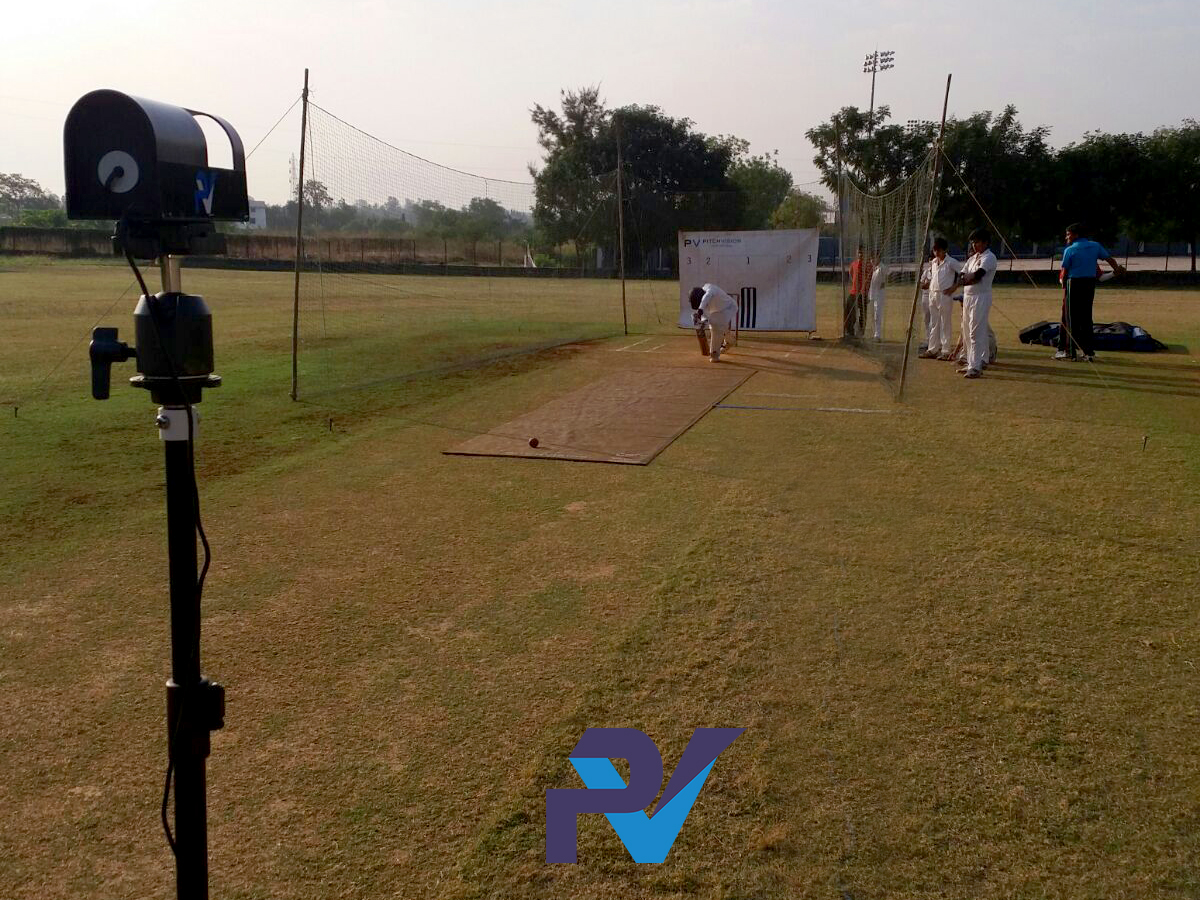|
 After this epic case study article, we got a comment from Facebook saying, "You could realistically be drilling/bowling close to 500 reps per week, which would get improvement.". Yet our case study players averaged a mere 38 reps per week, despite putting in 20 hours of sessions. The highest in any one week was 114. Miles away from 500. After this epic case study article, we got a comment from Facebook saying, "You could realistically be drilling/bowling close to 500 reps per week, which would get improvement.". Yet our case study players averaged a mere 38 reps per week, despite putting in 20 hours of sessions. The highest in any one week was 114. Miles away from 500.
Have we wasted our time?
More importantly, are you wasting your time if you can't put in 500 reps a week?
It's not a simple case to answer, but here's a primer on "training volume" to help your decide.
(Spoiler Alert: Volume matters, but not as much as quality.)
Why hit balls?
To start, let's go back to basic principles and ask, why do we even practice anyway?
You are probably thinking the answer is obvious, because it is: We train to get better. We might be learning new skills, honing existing ones or trying to find form, but there is always a reason to have a net.
In the last five to 10 years, we have learned that the more deliberate your training, the better you get. Undirected sessions won't help you improve, so if your goal is to get better through training you better create a feedback loop.
We also know that even with deliberate, focused practice, it takes a very long time to master your skill. They common shorthand for this is "10,000 hours" of practice. While there is no magic in this number, the idea that you need a lot of training volume is sound.
So, now we know we need plenty of well directed practice.
We next need to know, what is practice?
What is a ball?
Again, you might be wondering if your coach has gone daft in asking this. But a "ball" is not one thing, so we need to know what we mean when we say "reps".
A ball, or a rep, could be,
- A ball bowled to a batsman.
- A Sidearm or throwdown from the coach.
- Target bowling.
- Facing a bowling machine ball.
- Drop or bobble feed.
- Tent peg drills.
Each one is valid, has different reasons to be used and takes different amounts of time. You can manage 200 balls an hour with a bowling machine, but that number is half as much when the feed is from a Sidearm. If you are having middle practice you may only manage 60 balls an hour split between a group of 10.
The point is, if it was just about volume alone, you would only ever do drop feeds and tent peg drills because you can do so many compared to the others.
Going back to our case study bowlers and batsmen, we can do a couple of things,
- Estimate the number of reps that were not counted and add those.
- Examine the quality of each counted rep.
In the first case, when you add together all the throwdowns, tent peg drills and bowling in nets without PitchVision, we can estimate another 30-70 reps uncounted. Let's call it 52 so we can call it a nice round average of 90 reps.
Let's then look at the quality. Each player was working towards a specific plan of areas to improve, and drilled towards this plan. For example, one player was developing a sweep shot and after many reps from throws, faced spinners in the PitchVision net, playing 74 sweep shots in an open, match-like situation.

Had the player gone into the sessions in an undirected way, he would have played far fewer, if any, sweeps and gone home no better.
The point here is this; all reps are not created equal.
How many balls?
With all this in place, we get to the crux of the question. How many balls is right to see improvements? And how long will this take?
Let's assume we can make a noticeable improvement in around 500 reps. If you did something 500 times, you would be disappointed if you had not become good at it. You may not be a master, but you will have confidence that you can bowl that yorker or play that sweep after 500 goes. Some of those goes will take less time than others, as we have already discussed.
Now, this applies to a single skill only so, in reality, to improve something wider like "scoring runs" or "taking wickets" you need much more, but let's stick to one skill.
If we average out the different types of reps, we can assume roughly the same as we saw in the case study, 50 reps an hour in a group session.
With that conservative estimate, 500 reps will take 10 hours.
That is very doable, and very clearly showing signs of improvement.
Speed up improvements
But let's go back to the counter-argument of 500 reps a week. Will it speed up improvement?
Absolutely.
When done with proper attention to deliberate practice.
If you are able to train 10 hours a week, there is no doubt you will improve compared to the same training done two hours a week.
But there is a risk in accelerating things.
If you have access to a bowling machine and decide to hit 500 on drives a week you could get it done in around three hours. At the end of a few weeks you will be amazing at hitting the bowling machine through mid on. Yet you don't know how good you are at doing the same against a bowler.
That's why it's important to practice with lots of different methods (as listed above) that may take you away from sheer volume. You are better off facing fewer balls on the machine, then developing the skill in more open situations like nets with live bowling and middle practice.
In addition, if your skill is something around the mental side of the game, you have to take more time. Learning to bat under pressure, for example, can only be done if there is pressure applied. That might mean very few reps per week because your session is over the moment you get out!
Quality and quantity
In short, there is no simple, magic number that you can use as a target. Everything depends on many variables: time available, goals, equipment and even your focus.
Naturally, more is better.
Even more naturally, quality trumps quality (although high quality and quantity is the best combination).
If your goal requires lower volume (usually pressure based training) then it will take longer to see an improvement than if your goal is based on learning a shot or new delivery.
If you have multiple goals, it will take longer than if you have a single one.
If you train two hours a week you will take longer than if you train 10 hours a week.
If you train in a group you will take longer than if you train one to one. But sometimes, you will have to train in a group to meet your goals.
So instead of shooting for a number per week, shoot for a specific goal, then work backwards based on how much time, equipment, training buddies and training methods you have.
If that number shakes down as 50 reps a week, do it.
If it shakes down as 500 reps a week do it.
Summary
- We practice to get better.
- We get better with deliberate practice.
- Different deliberate practice methods take different amounts of time.
- Work out your goal, then set a weekly volume target based on your goal.
- Get it done!
Discuss this article with other subscribers
|

.jpg)

.jpg)

.jpg)

.jpg)